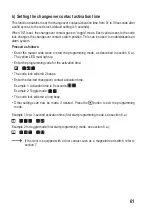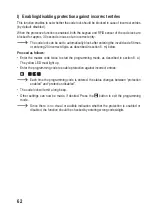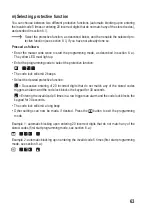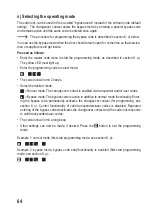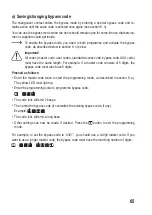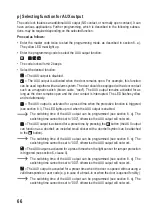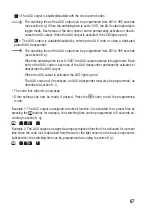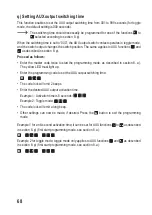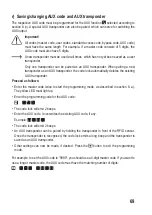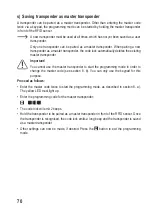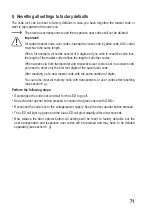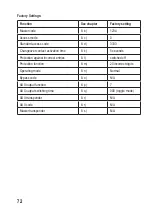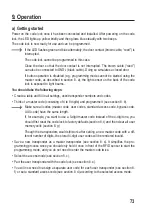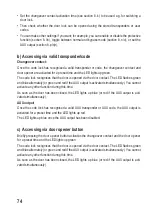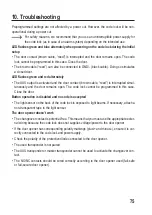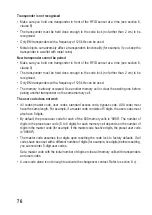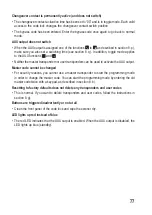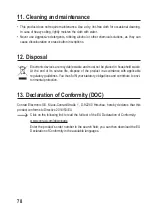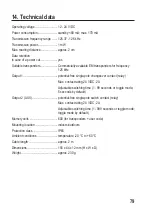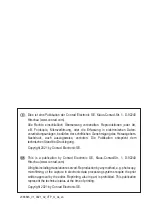
10. Troubleshooting
Preprogrammed settings are not affected by a power cut. However, the code lock will be non-
operational during a power cut.
For safety reasons, we recommend that you use an uninterruptible power supply for
the code lock (as in case of an alarm system) depending on the intended use.
LED flashes green and blue alternately when powering on the code lock during the initial
setup
•
The door contact (brown cable, “reed”) is interrupted and the door remains open. The code
lock cannot be programmed in this case. Close the door.
•
The brown cable (“reed”) can also be connected to GND/- (black cable). Doing so simulates
a closed door.
LED flashes green and red alternately
•
The AUX output is activated and the door contact (brown cable, “reed”) is interrupted simul-
taneously and the door remains open. The code lock cannot be programmed in this case.
Close the door.
Button operation is disabled and no code is accepted
•
The light sensor on the back of the code lock is exposed to light beams. If necessary, attach a
non-transparent tape to the light sensor.
The door opener doesn't work
•
The changeover contact is potential-free. This means that you must use the appropriate exter-
nal wiring because the code lock does not supplies voltage/power to the door opener.
•
If the door opener has corresponding polarity markings (plus/+ and minus/-), ensure it is cor-
rectly connected to the code lock and power supply.
•
Check the polarity of the protective diode connected to the door opener.
•
The used transponder is not paired.
•
The AUX transponder or master transponder cannot be used to activate the changeover con-
tact.
•
The NO/NC contacts should be wired correctly according to the door opener used (fail-safe
or fail-secure door opener).
75

